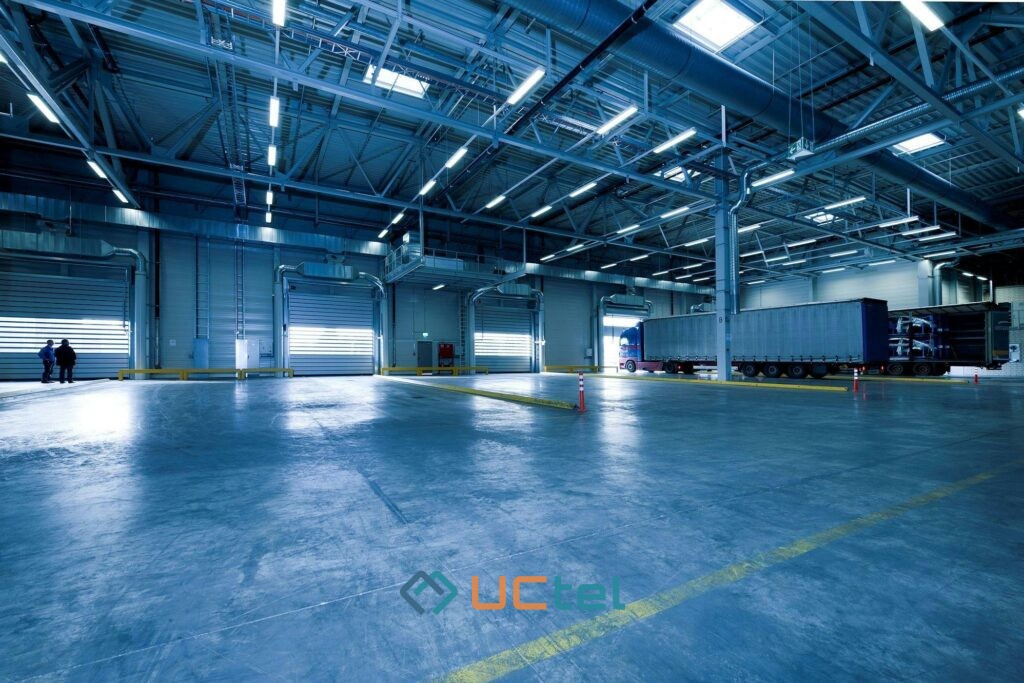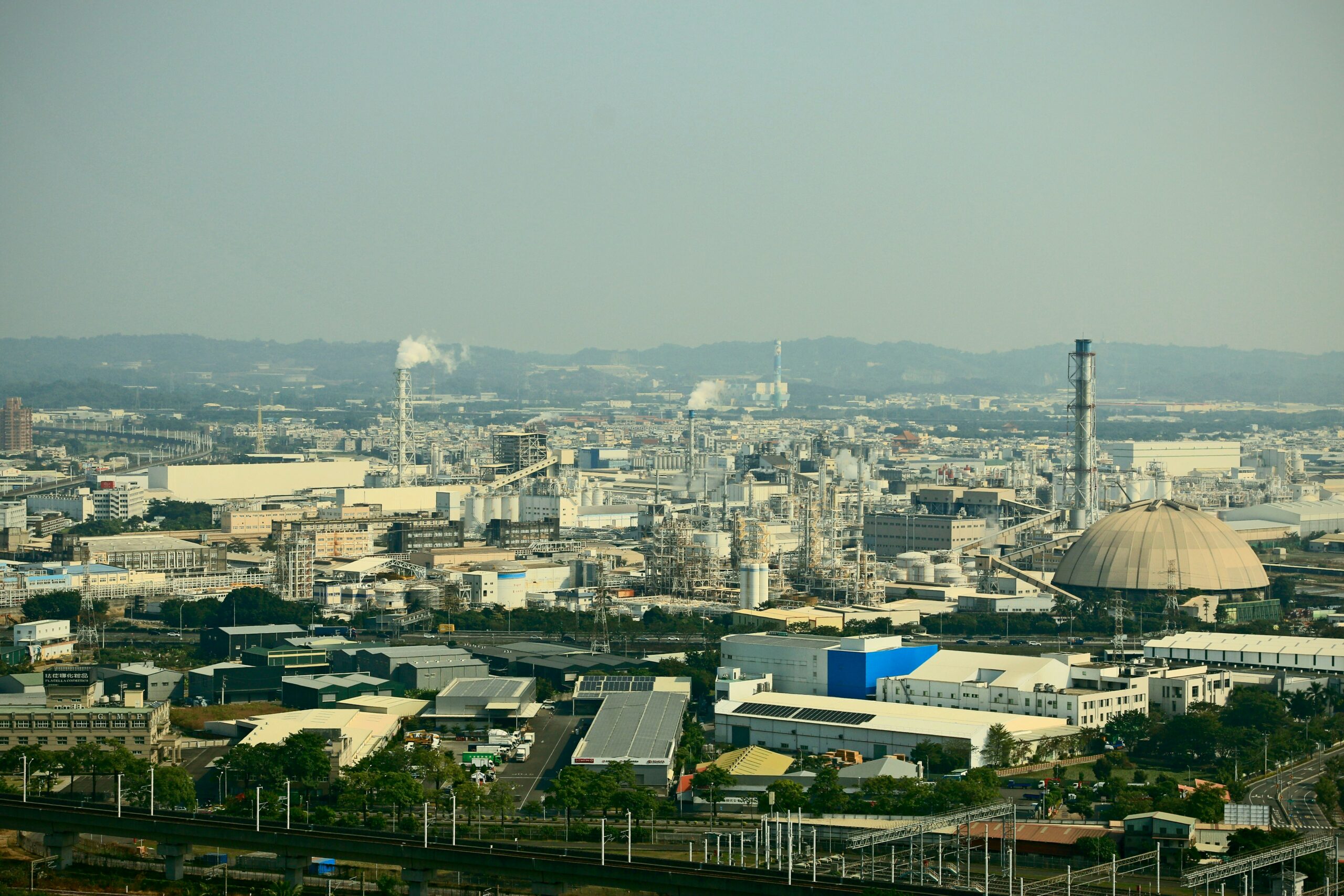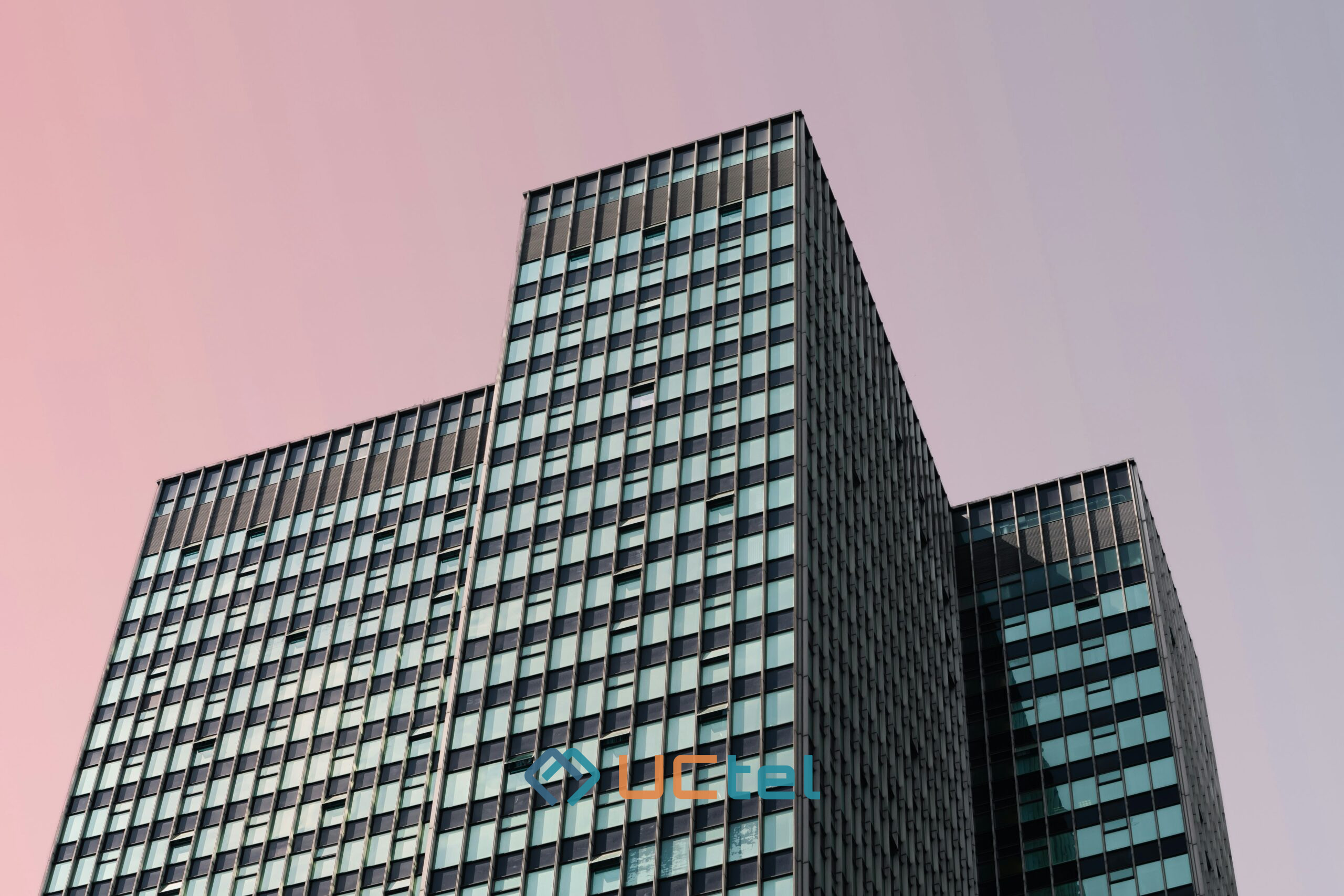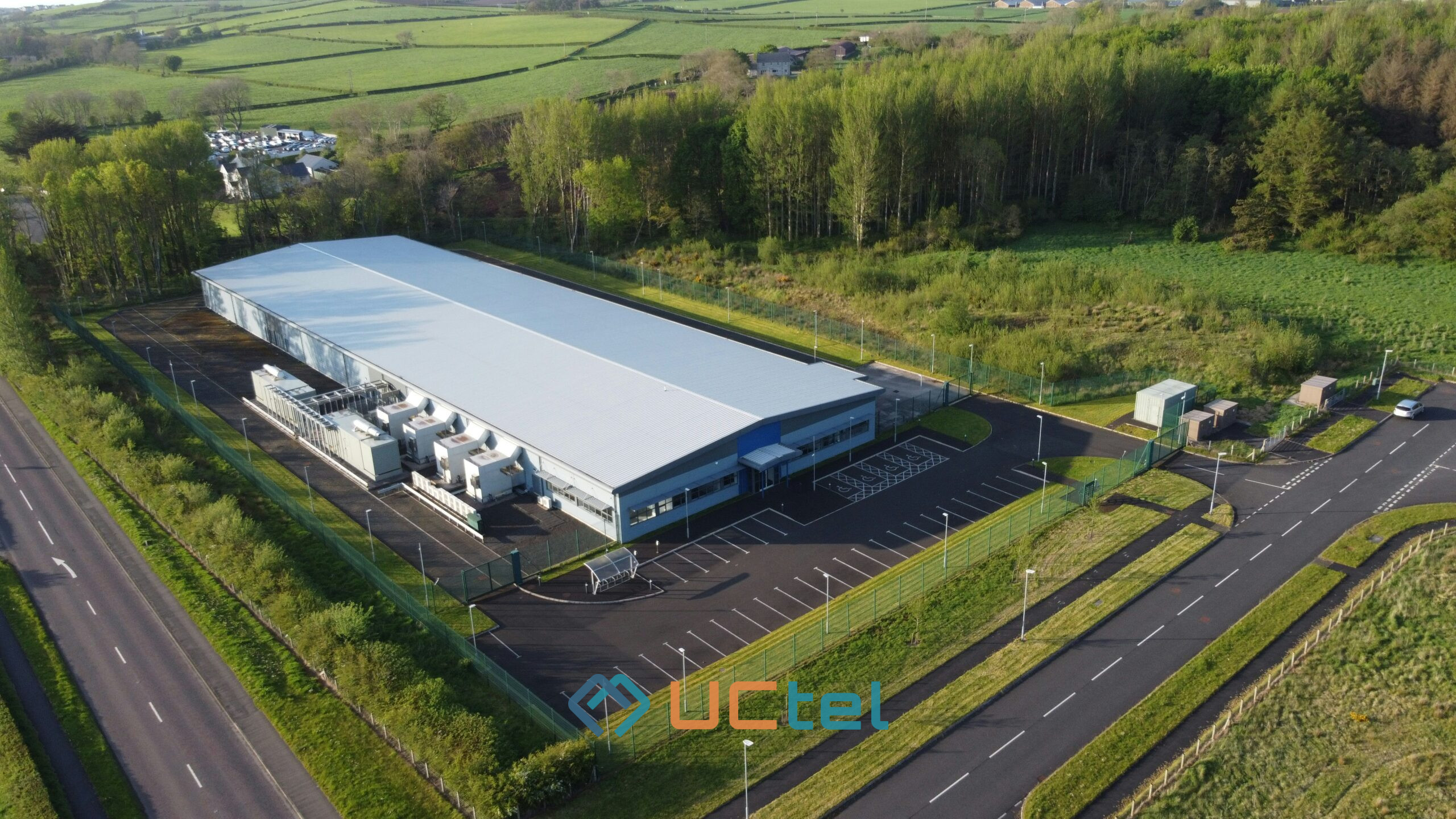Best Signal Boosters for Factories: Top Picks and Setup Strategies

Table of contents
- 1. Follow-up Questions
- 2. Why Signal Problems Are Common in Factories
- 3. Key Booster Features for Industrial Environments
- 4. Top 5 Factory Signal Boosters: Comparison
- 5. Booster Selection by Factory Size
- 6. Factory Installation: Strategy and Scaling
- 7. Common Pitfalls and How to Avoid Them
- 8. Real-World Deployments in UK Factories
- 9. Frequently Asked Questions (AEO-Optimised)
- 10.
- 11. Conclusion - TL/DR
Updated August 2025
Mobile signal problems are common in factories due to structural materials, machinery interference, and complex building layouts. This guide compares the most suitable signal boosters for industrial environments, outlines key selection criteria, and provides practical installation strategies based on real-world examples from UK manufacturing sites.
Follow-up Questions
Why do factories have poor mobile signal?
- Factories are typically constructed with metal frameworks, reinforced concrete, and equipment that interferes with mobile frequencies. These conditions weaken or block cellular signals, leading to dead zones, call drops, and data disruptions.
What features should boosters have for industrial use?
- Industrial-grade boosters require high gain (up to 100 dB), multi-operator support (EE, O2, Vodafone, Three), rugged components, modular architecture, and remote monitoring capabilities.
Which boosters work best in factory settings?
- Leading options include Cel-Fi Quatra EVO, Cel-Fi GO G51, WilsonPro 4300, SureCall Fusion5X 2.0, and Nikrans NS‑600‑Smart. Selection depends on coverage requirements, budget, and facility size.
How does factory size affect booster choice?
- Smaller workshops may need only one antenna. Large, multi-zone facilities typically require distributed antenna systems (DAS) and centralised management.
How do you install a booster in a factory?
- Start with a signal survey and system design. Then follow phased installation and testing, ensuring Ofcom compliance throughout. Expansion is possible with modular systems.
What can interfere with boosters in industrial sites?
- Common sources of interference include heavy machinery, power lines, and improper antenna placement. Professional installation mitigates these risks.
Are there case studies of boosters in UK factories?
- Yes. UK manufacturers in sectors like automotive, logistics, and food processing have deployed signal boosters to improve indoor connectivity and operational efficiency.
Why Signal Problems Are Common in Factories
Factory environments are particularly hostile to mobile signal propagation. Materials like steel, metal cladding, and reinforced concrete block radio waves, while machinery and high-voltage lines introduce electromagnetic interference. Large spaces, segmented floorplans, and sub-ground areas also contribute to widespread coverage gaps.
Even facilities located near mobile towers often suffer from little to no indoor coverage. Basic residential-grade repeaters are insufficient in these contexts. What’s needed are enterprise-level solutions designed to support high device loads, structural interference, and future reconfigurations.
Key Booster Features for Industrial Environments
When selecting a mobile signal booster for a factory, consider both performance and operational flexibility.
Essential features:
- High gain (up to 100 dB) for long-distance signal delivery
- Multi-operator compatibility to support all staff and visitors
- Rugged, weather-resistant housing (often IP-rated)
- Remote monitoring and diagnostics
- Modular design to allow phased scaling or re-zoning
Some systems also include built-in safeguards against oscillation or overload — valuable in dense electronic environments.
Systems such as Cel-Fi Quatra EVO and Cel-Fi GO G51 are often recommended for UK industrial sites due to their power, modularity, and compliance with Ofcom regulations.
Top 5 Factory Signal Boosters: Comparison
A breakdown of boosters frequently deployed across UK industrial buildings:
1. Cel-Fi Quatra EVO
- Pros: High performance, multi-operator, remote monitoring, scalable DAS support
- Cons: Higher upfront cost, professional installation required
2. Cel-Fi GO G51
- Pros: Compact, licence-exempt, suitable for zone-specific upgrades
- Cons: Less suitable for large multi-storey sites without additional modules
3. WilsonPro 4300
- Pros: High power, supports multiple antennas, dynamic gain
- Cons: Limited UK availability, may require licensing
4. SureCall Fusion5X 2.0
- Pros: Mid-range cost, solid coverage for mid-sized sites
- Cons: Lower gain than Cel-Fi, fewer features for future expansion
5. Nikrans NS-600-Smart
- Pros: Budget-friendly, supports voice and data
- Cons: Limited flexibility, no advanced monitoring tools
Final selection should balance cost, coverage needs, and layout flexibility. UCTel typically advises clients based on signal surveys and business constraints.
Booster Selection by Factory Size
Booster performance depends heavily on layout, interference zones, and total area.
Small workshops (<1,000 m²):
- Cel-Fi GO G51
- Nikrans NS‑600
Medium factories (1,000–3,000 m²):
- SureCall Fusion5X
- Cel-Fi Quatra with 2–4 antennas
Large or multi-storey facilities (3,000 m²+):
- Cel-Fi Quatra EVO with DAS
- WilsonPro 4300 (subject to licensing)
Modular systems can evolve with factory layout changes, avoiding costly reinstallations. UCTel’s site surveys help determine optimal antenna placement and zone coverage.
Factory Installation: Strategy and Scaling
Industrial deployment requires careful coordination with IT, operations, and health & safety teams.
Installation phases:
- Site survey (baseline signal measurement, interference detection)
- System design (antenna mapping, operator requirements)
- Compliance check (Ofcom certification, equipment specs)
- Cabling and installation
- Signal testing and optimisation
- Remote monitoring configuration
Providers like UCTel typically install in phases to minimise operational disruption, scheduling work around production cycles or overnight windows. Systems like Cel-Fi Quatra are scalable post-installation, allowing new antennas or zones to be added as business needs evolve.
Common Pitfalls and How to Avoid Them
Installing boosters in factory environments presents several challenges.
Typical issues include:
- Oscillation: Prevented by increasing antenna spacing and using directional equipment
- Machinery interference: Avoid running cables near heavy motors or transformers
- Blind spots: Solved through professional mapping and DAS planning
- Non-compliance: Avoided by working with Ofcom-registered equipment and installers
UCTel includes compliance documentation and validation testing in every project to ensure risk-free, high-performance deployments.
Real-World Deployments in UK Factories
Case 1 – Birmingham (Automotive Plant)
Challenge: Weak signal in metal-roofed production bays
Solution: Cel-Fi Quatra EVO with 6 antennas, night-shift installation
Result: Full indoor 4G coverage across EE and Vodafone
Case 2 – Leeds (Food Packaging Site)
Challenge: Signal loss in refrigerated and metal-lined rooms
Solution: Cel-Fi GO G51 with IP-rated cabling
Result: 80% reduction in call drop rate
Case 3 – Milton Keynes (Logistics Warehouse)
Challenge: Coverage gaps in underground loading docks
Solution: WilsonPro 4300 DAS with 8 antennas
Result: Seamless connectivity across all critical loading zones
These examples highlight how tailored system design and professional execution can significantly improve communications in high-interference spaces.
Frequently Asked Questions (AEO-Optimised)
Are signal boosters safe for factory environments?
- Yes. Enterprise-grade systems are designed to comply with UK safety and electromagnetic standards, including those relevant to industrial zones.
Do signal boosters interfere with factory equipment?
- Properly installed boosters do not interfere with machinery. Professional layout and cable shielding help avoid conflicts with electrical systems.
How long do factory boosters last?
- Boosters typically last 7–10 years with proper maintenance. Cables and surge protection may require earlier replacement.
Can I use a consumer booster in an industrial setting?
- Not recommended. Consumer devices are often non-compliant with Ofcom standards and may not offer adequate power or coverage for factories.
What’s the difference between DAS and standard repeaters?
- DAS (Distributed Antenna System) enables wider and more even coverage using multiple antennas. It's often necessary for larger or complex factory layouts.
Does UCTel offer post-install support?
- Yes. UCTel provides monitoring, diagnostics, and scaling services after installation to ensure long-term system performance.
Is planning permission needed to install boosters?
- Not typically. However, rooftop antenna placement and heritage buildings may require local authority consultation. UCTel assists with these processes when needed.
To eliminate signal dead zones in your facility and ensure compliance with UK mobile regulations, consider scheduling a booster audit or installation with a certified provider.
Contact UCTel for a site-specific consultation.
Conclusion - TL/DR
- Factory structures and equipment severely impact mobile signal strength
- Effective boosters must be high-gain, multi-operator, and modular
- Systems like Cel-Fi Quatra and GO G51 are ideal for industrial coverage
- Installation should follow a phased, compliant strategy
- Avoid common signal pitfalls through professional planning and execution
- Real-world cases show significant gains in safety, productivity, and connectivity





